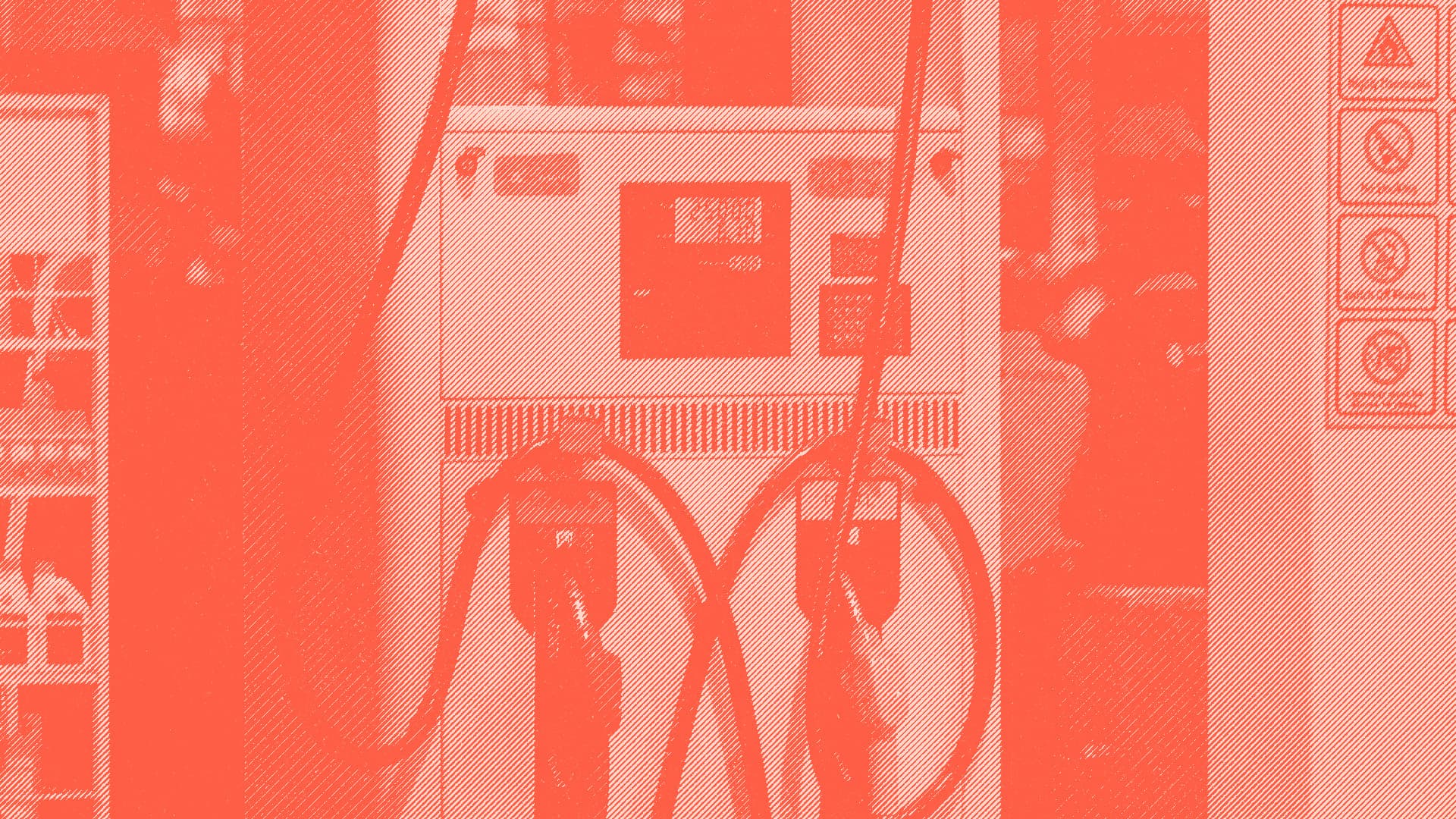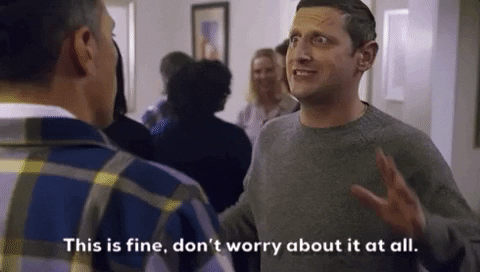Offchain: Make Mine a Macro

The world is in a right state. Is financial catastrophe inevitable? And what might it mean for crypto?
If you’ve spent any time listening to the financial punditry of late, you’ll probably have picked up that the broader financial system is in Bad Shape. As far as anyone can tell, the instruments of global finance are slow-walking themselves into the abyss and nobody has any idea how to make them stop.
This, at least, feels novel. Aside from a few notable Cassandras – and boy have they been dining out on that success – the 2008 meltdown occurred without much in the way of instigating event.
This crisis, on the other hand, is lousy with proximate causes. Off the top of my head there’s: a bloody proxy war that’s expected to cost the global economy more than $2 trillion; supply chain disruptions due to China’s Covid Zero policy and broader economic slowdown; the after-effects of unprecedented money printing during the pandemic; carnage in the energy markets due to the sanctions on Russia; ultra-aggressive interest rate hikes to try and cope with runaway inflation; a series of once-in-a-century heatwaves, floods, fires and hurricanes that makes you wonder whether there might be something to this climate change thing after all; and the US dollar going Macho Man Randy Savage on the rest of the world’s currencies.
It’s a lot and according to the IMF, the “worst is yet to come”. But one of the first rules of investing is that if everyone can see it coming, it’s unlikely to actually happen. Is it really that easy to see what’s around the corner? And where does crypto sit in it all?

Correlation ≠ causation
Even before the once-in-a-generation confluence of crap that is the year 2022 arrived, crypto had long found itself subject to the rise and fall of broader investor sentiment – and in particular the strength or weakness of the US dollar.
While for cryptocurrency 2018 was seen as the “crash we had to have” (and boy did we), it dovetailed with a broader, albeit much smaller decline in the US stock market. This also coincided with a period of strength for the DXY – the US Dollar Index. When the DXY started declining again it was early 2020 and we all know how that turned out.
If anything, as BitMEX founder Arthur Hayes argues, crypto is the world’s leading indicator for financial euphoria and gloom, an expression of the financial system’s unchained id – or more precisely, unchained money flows.
And sure, right now that id isn’t doing a whole lot. But that’s because it’s hiding under the bed, quaking in fear, while the footsteps slowly creak up the staircase.
Quantity over quality
Inflation is complex. The tools that governments have to try and tame it are not. On one side, central banks can adjust interest rates to either encourage or suppress economic activity. On the other side, the government can add (quantitative easing or QE) or remove (quantitative tightening or QT) money to try and keep things on course.
The recipe to combat high inflation is usually to increase interest rates and engage in a bout of QT until the “sacrifice ratio” begins to rise – economist speak for “people start losing their jobs and feel poor”.
However due to the interlocking crises described above, a number of governments are being pushed to revert to QE; see, England splashing out £200 billion to keep energy bills down, or the People’s Bank of China propping up the property sector. This shouldn’t happen and it’s leading to some gnarly outcomes, such as a bond market meltdown.
The exception is America, which is sticking to the plan and making a precarious situation worse for the rest of the world’s currencies. The US dollar is surging towards all-time highs, exporting inflation to the rest of the world and making the consequences of QE even greater – effects that are disproportionately felt by poorer nations and the most vulnerable in developed countries.
Where do we go from here?
Nothing is set in stone. A crisis is not foreordained. And there are those that argue this is simply an overdue correction to the trends unleashed by the GFC (think surging property prices and delusional asset markets). Still, the world is in dire need of an offramp and we’re all waiting to see what that might be. Putin backing down and/or being deposed would be a good start.
If optimism does return, though, you could see the first glimmers appear in the crypto markets. And if inflation gets really bad, it could be the moment currency alternatives have been waiting for. Perhaps that’s not how we might wish it would happen, but we live, as they say, in unprecedented times.
Luke from CoinJar
Don’t invest unless you’re prepared to lose all the money you invest. This is a high‑risk investment and you should not expect to be protected if something goes wrong. Take 2 minutes to learn more: www.coinjar.com/uk/risk-summary.
Cryptoassets traded on CoinJar UK Limited are largely unregulated in the UK, and you are unable to access the Financial Service Compensation Scheme or the Financial Ombudsman Service. We use third party banking, safekeeping and payment providers, and the failure of any of these providers could also lead to a loss of your assets. We recommend you obtain financial advice before making a decision to use your credit card to purchase cryptoassets or to invest in cryptoassets. Capital Gains Tax may be payable on profits.
CoinJar’s digital currency exchange services are operated in Australia by CoinJar Australia Pty Ltd ACN 648 570 807, a registered digital currency exchange provider with AUSTRAC; and in the United Kingdom by CoinJar UK Limited (company number 8905988), registered by the Financial Conduct Authority as a Cryptoasset Exchange Provider and Custodian Wallet Provider in the United Kingdom under the Money Laundering, Terrorist Financing and Transfer of Funds (Information on the Payer) Regulations 2017, as amended (Firm Reference No. 928767).

